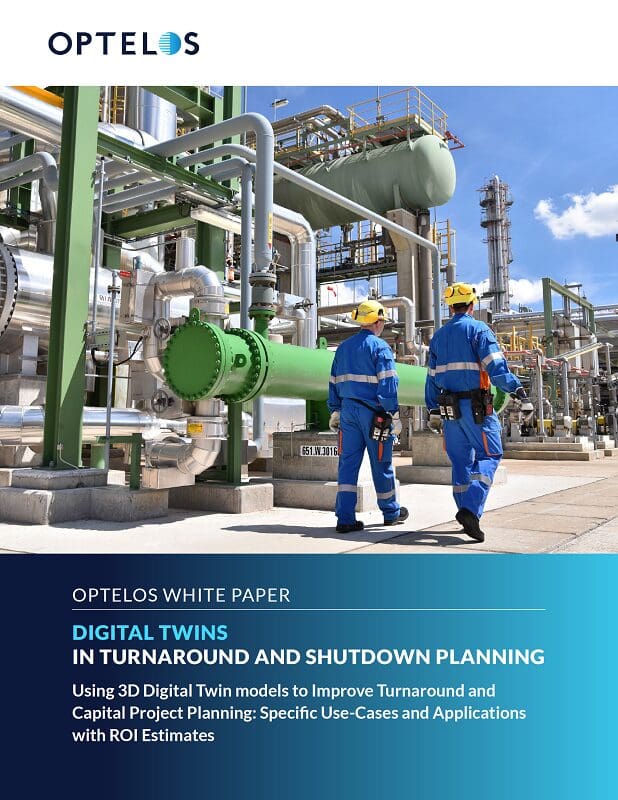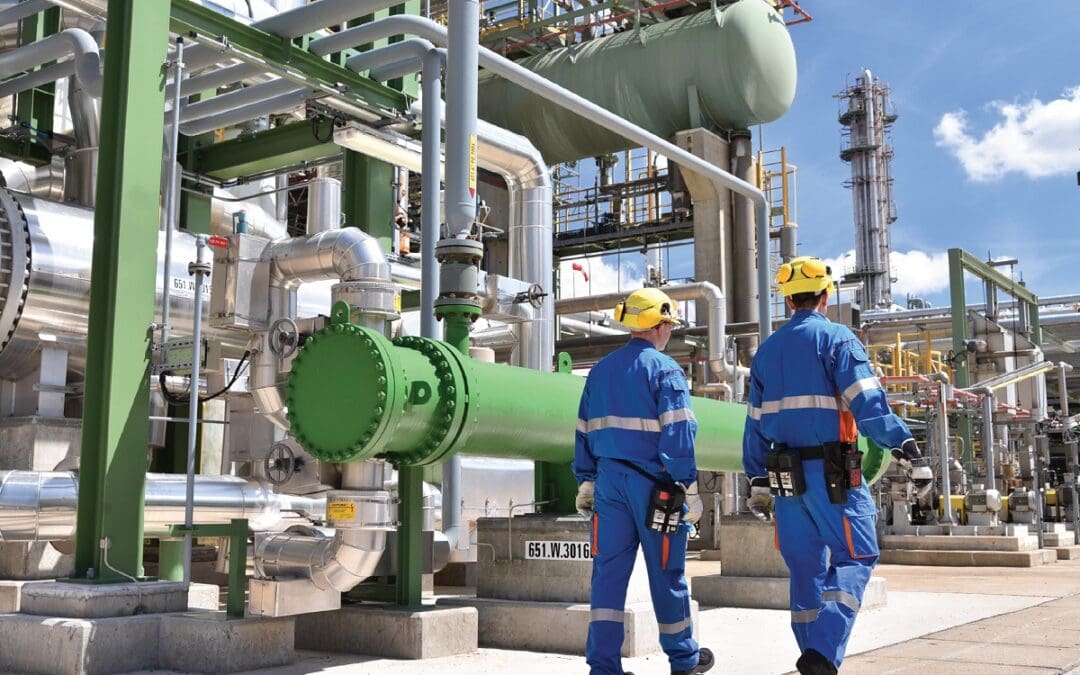Complex, expensive, and hugely disruptive events, Turnarounds (TARs) and Shutdowns, Turnarounds and Outages (STOs) can involve up to 150,000+ total activities and last for months to years. Altogether, these events can consume a significant portion of a plant’s annual maintenance budget.
Unfortunately, they also often fall short of objectives. In fact, over four-fifths (82%) of all turnarounds fail to satisfy performance requirements, according to TA Cook and Solomon Associates. A separate study of 750 turnarounds worldwide found the average project “exceeded cost estimates by 16%.” In some cases, the budget overruns exceeded 40%. Altogether, “some industry experts suggest that over 70% of all turnarounds are failures and that 40% can be classified as ‘train wrecks.’”
The good news: there’s significant opportunity for improvement here, and those improvements can yield real ROI. Consultancy group McKinsey & Co. writes, “Better management of shutdowns and turnarounds can yield schedule and cost improvements of up to 30 percent.”
Better management starts with better planning. Here, the use of innovations like data collection via remotely piloted Unmanned Aerial Vehicles (UAVs) and the creation of 3D Digital Twins – also known as “reality models,” or exact virtual replicas of physical equipment or facilities – in specific planning processes can make a tremendous difference in planning efficiency and costs. Indeed, for many use-cases, the ROI gains from these innovations are tangible, measurable, and substantial.
Though oil and gas digital twins have potential for benefitting the planning process from start-to-finish, in this paper we’ll assess the ROI potential of three specific key planning activities:
- Generating maintenance and reliability information for project scope and planning
- Creating and visualizing work packages
- Conducting the constructability review and enhancing schedule predictability
But first, it might be helpful to take a closer look Digital Twins for turnarounds to understand how they can fuel ROI gains in the first place.
What Are Digital Twins, and How Do They Fit Into TAR/STO Planning?
A concept originating with NASA in 2010, a 3D Digital Twin model is a complete 3D representation of a
physical object or area on a computer, built from millions of data points and measurements. NASA originally used Digital Twins to improve the physical-model simulation of spacecraft. Today, many industries use them to facilitate improvements in how products and processes are modeled, planned, and executed – including how TARs and STOs are planned and executed.
During specific TAR/STO activities like scoping or constructability reviews, Digital Twins enable planners to consolidate nearly all project-related data – geospatial, logistical, scheduling, performance-related, and even financial – into a virtual representation of the plant or facility. This creates a “single source of truth” and dramatically eases the planning process, allowing users to:
- See 360-degree, multi-axis views of the facility without sending people out.
- Take precise linear measurements easily, without having to get on scaffolding etc.
- Check clearances, verify space for equipment, etc.
- Visually review what equipment is involved and potential adjacencies.
What Is UAV Data Collection, and Why Does It Matter?
Ultimately, while the Digital Twin is the engine that powers ROI gains during specific TAR/STO activities, it is an incomplete solution by itself. To achieve its full advantages, it must be populated with a wealth of data and measurements that are often slow, laborious, unsafe, and/or sometimes outright impossible to collect manually.
The answer is UAVs, or drones, that can capture incredibly precise measurements and high-def images to
generate orders of magnitude more usable data with fewer people and in less time. The typical 3D digital twin is built using RGB drone imagery (photogrammetry) stitched together to make a 3D point cloud model. Other drone-generated data can be optionally appended to this model by using other sensors mounted on a drone (e.g., LiDAR, thermography, methane detection).
The result is an incredibly accurate virtual representation of the structure or facility produced in a fraction of the time required for manual measurements and image-taking. According to one study, drone usage decreased inspection time by as much as 98%; one site that would have taken 293 hours to inspect manually required only six hours via drone. That includes data and measurements gathered from locations and perspectives that were not feasible or safe for humans to access, as well as the savings from eliminating time and labor spent setting up scaffolding etc.
Understanding the ROI of Digital Twins: How Do They Yield Time and Cost Savings?
Some aspects of the Digital Twin model have no impact on the project planning or execution process. For example, there will always be a requirement for a lead planner, which doesn’t change whether using a digital twin model or not. However, in other areas, a 3D digital twin can be outright transformative, yielding both time gains and cost savings through multiple mechanisms.
Download the complete version of this whitepaper to uncover additional insights, including digital twin use cases for shutdown and turnaround projects.
Download Whitepaper
“Digital Twins in Turnaround and Shutdown Planning: Using 3D Digital Twin Models to Improve Turnaround and Capital Project Planning: Specific Use Cases and ROI Estimates”

